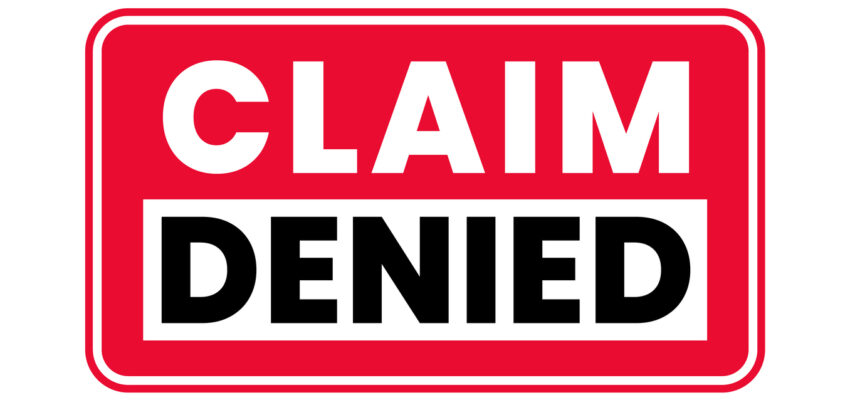When to Use an MA-Only Plan Enrollment for Your Clients
As a Medicare agent, one of the most important roles you play is helping clients find the right coverage to fit their unique needs. While many clients are familiar with Medicare Advantage plans that include prescription drug coverage (MAPD), there are specific scenarios where Medicare MA only plan sales are a great option.
In this blog, we’ll explore when to clients should consider an MA only plan enrollment. This can be a good option if clients have creditable drug coverage through the VA, SPAP plan or other sources.
What Is a Medicare Advantage (MA Only) Plan
A Medicare Advantage (MA) plan without prescription drug coverage is commonly referred to as an MA only plan. This type of Medicare Advantage plan includes the benefits of Original Medicare, but does not include Part D coverage
Watch a quick YouTube video on the SEP for discontinued MA plans
When Should Agents Recommend an MA-Only Plan
There are specific situations where enrolling in an MA only plan is the most appropriate or beneficial choice. These include:
Client Has Creditable Prescription Drug Coverage (like SPAPs)
Some clients may already have creditable drug coverage from another source, such as a State Pharmaceutical Assistance Program (SPAP). If that coverage is deemed creditable (at least as good as Medicare Part D), they do not need to enroll in a separate drug plan and can avoid the Part D late enrollment penalty.
This makes them good candidates for an MA only plan. MA only plans provide added benefits (like dental, vision, or hearing coverage), but don’t include the drug coverage component.
Remember: Always verify that the SPAP coverage is creditable. Many state SPAPs are, but it’s important to confirm. You can usually find this information in the plan’s annual notice of creditable coverage.
Veterans with VA Drug Coverage
Clients who receive prescription drugs through the VA often prefer to continue using their VA benefits for medications. Since VA drug coverage is considered creditable, they may want to enroll in an MA only plan to take advantage of broader provider access and supplemental benefits without duplicating their drug coverage. Please note; some carriers offer plans specifically for veterans.
Clients Enrolled in Employer or Union Retiree Drug Plans
Some retiree coverage includes drug benefits that are also creditable. These clients can pair their employer or union drug coverage with an MA-only plan to take advantage of enhanced benefits and local provider networks.
Agents; click here to join the Crowe team or add a carrier to an existing Crowe contract.
What to Watch Out For
When considering an MA-only plan, keep these key reminders in mind:
- No Built-in Drug Coverage: If your client loses their other drug coverage in the future and doesn’t enroll in a Part D plan when first eligible, they could face a late enrollment penalty.
- Enrollment Timing Matters: Clients can typically enroll in an MA only plan during the same enrollment periods as MAPDs, such as the Initial Enrollment Period (IEP), Annual Enrollment Period (AEP), or with a Special Enrollment Period (SEP) if they qualify.
- Provider Networks Still Apply: Be sure the client’s preferred doctors and hospitals are in-network, even if they’re saving money by not enrolling in drug coverage.
Bottom Line
An MA only plan can be an excellent choice for clients who already have creditable drug coverage through another source. It allows them to receive the benefits of Medicare Advantage; like extra services and care coordination, without paying for additional prescription drug coverage.
Stay up-to-date on the latest agent event and information
As an agent, taking the time to ask about all forms of coverage and confirming whether they’re creditable will help you guide clients to the most cost-effective and appropriate Medicare solutions.
Need help checking if a client’s SPAP is creditable? Reach out to the plan provider for confirmation, or contact the SPAP directly. It’s always better to be safe than sorry to avoid Part D penalties!


















Recent Comments